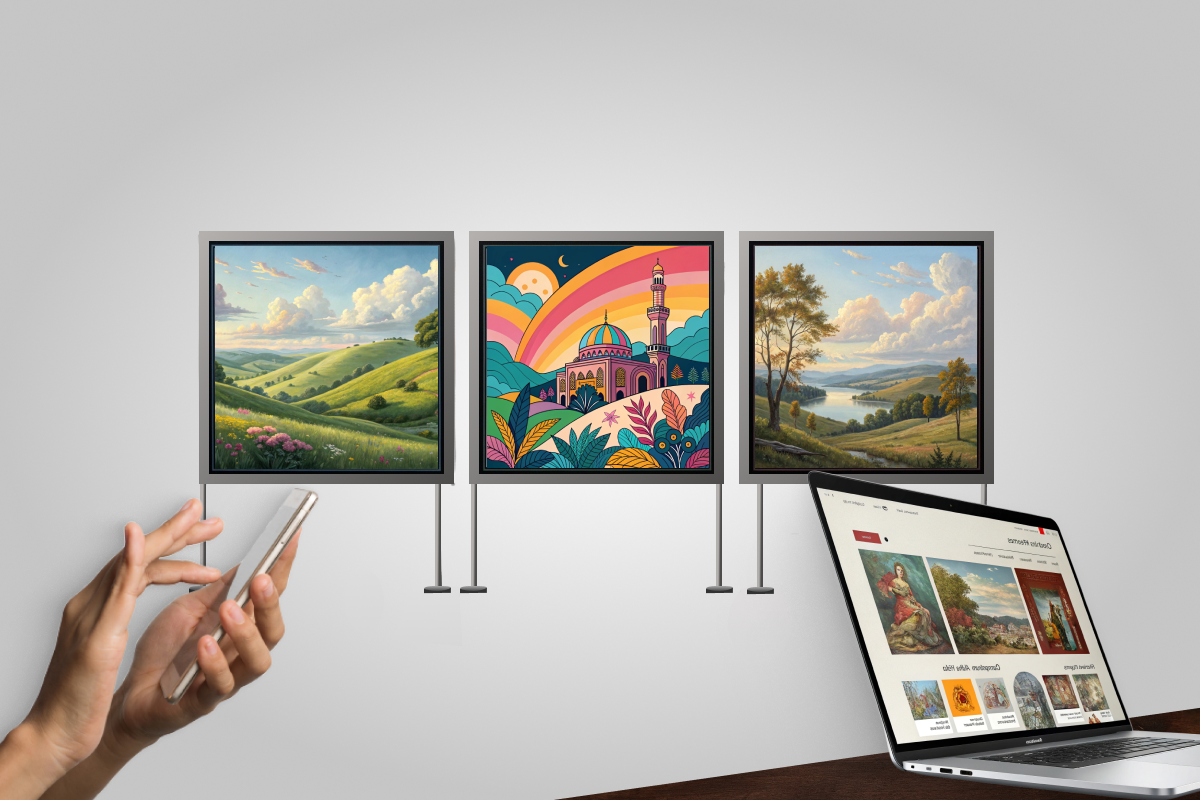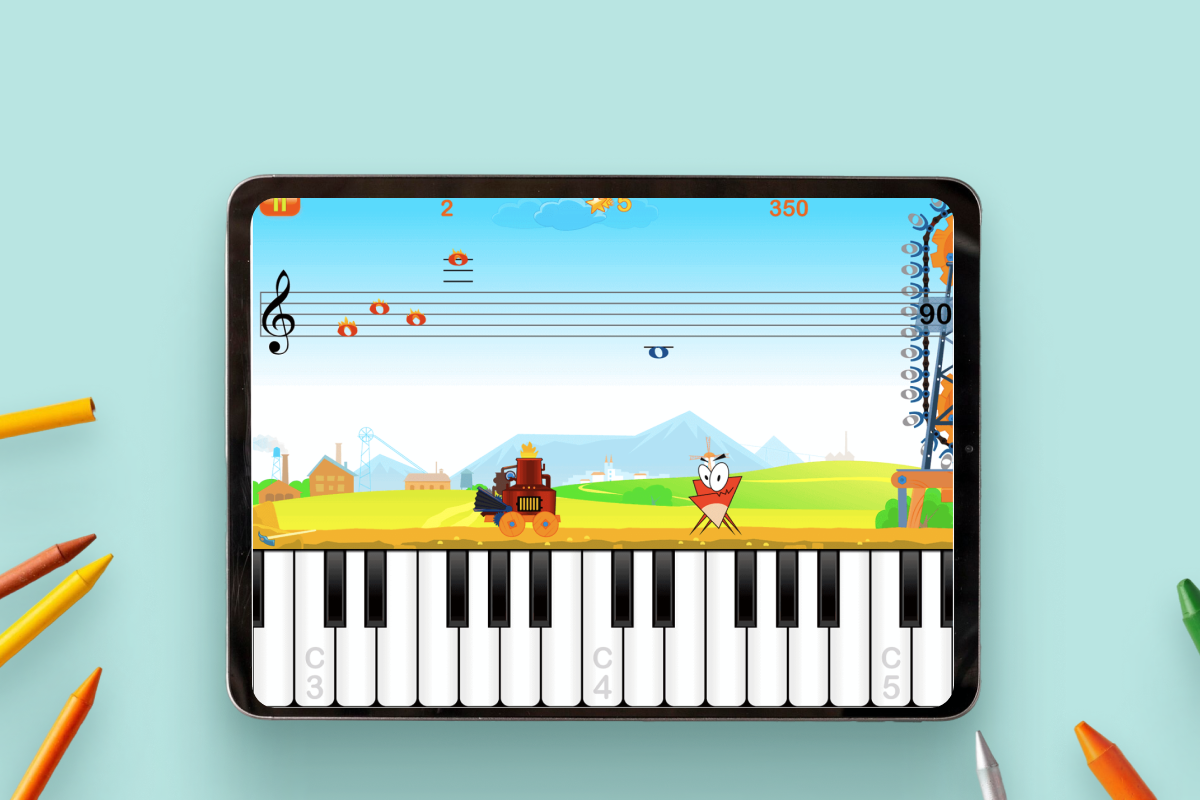All Technologies Used
Motivation
The client wanted to increase fan engagement during football matches by allowing spectators to participate in live auctions. They needed a seamless system integrated into the existing stadium infrastructure, working reliably across personal devices and the large jumbotron display, providing a smooth and synchronized interactive experience for thousands of participants simultaneously.
Main Challenges
The auction required real-time synchronization across thousands of personal devices and the stadium jumbotron, ensuring all participants had the same experience. Azati proposed leveraging WebSocket technology for real-time communication to synchronize all devices and the jumbotron instantly, ensuring seamless interaction across platforms.
The interface needed to support various screen resolutions, including the unique 1,120 × 4,648 resolution of the stadium’s jumbotron, while maintaining flawless visual quality. Azati recommended implementing adaptive image scaling and responsive design techniques to ensure pixel-perfect quality across devices, especially the large jumbotron screen.
Our Approach
Want a similar solution?
Just tell us about your project and we'll get back to you with a free consultation.
Schedule a callSolution
Real-Time Interactive Auctions
- Live auction participation on personal devices
- Dynamic price updates in real-time
- Countdown timers for item purchases
- Instant winner determination and display
- Synchronized bidding across thousands of users
Cross-Device Compatibility
- Responsive design for multiple screen sizes
- Consistent functionality across devices
- Adaptive layout for large stadium display
- Smooth navigation and interaction on all platforms
- Automatic scaling of auction visuals
Synchronized Multimedia Display
- Real-time video playback synchronization
- Simultaneous auction updates across devices
- Pixel-perfect display on the stadium jumbotron
- Interactive elements overlaid on live video
- Optimized multimedia performance with minimal latency
Instant Winner Announcement
- Immediate update of auction results
- Real-time notification to all participants
- Highlighting winners on all devices
- Integration with multimedia display
- Minimized latency to ensure fairness
Optimized Performance
- Efficient WebSocket communication
- Load handling for thousands of concurrent users
- Low-latency data synchronization
- Smooth interaction and response times
- Scalable architecture for future events
Business Value
Enhanced Fan Engagement: Spectators experienced an immersive, competitive auction during the match, increasing excitement and interaction.
Increased Revenue: The interactive game created a new revenue stream by monetizing fan participation through auctions.
Cost-Effective Implementation: The use of modern web technologies minimized development costs while maximizing efficiency.
Scalability and Adaptability: The solution was designed to be scalable for future enhancements and adaptable for other sports events.








